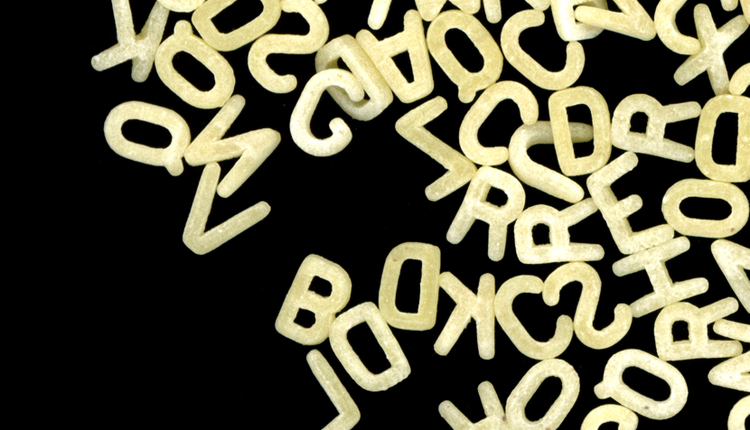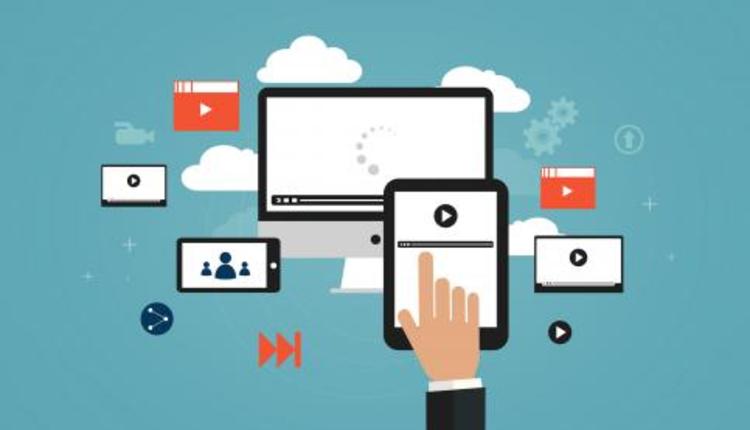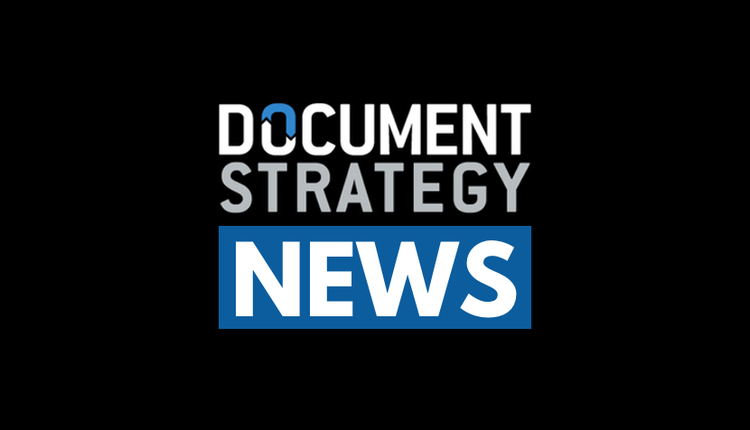
Image by: Suriyapong, ©2016 Getty Images
Have you ever heard or experienced the following?
“The mortgage took forever to be approved.” “They kept asking for the same information.” “The PC took two months to fix.” “Each department I spoke to could not see the other department's system.” “They kept telling me that the problem was resolved but kept sending me notices it wasn’t.” “They keep charging extra fees.” “I’m done with this website and company.”
What causes friction? Examples include the waiting time caused by emails floating around the organization, non-integrated data systems, unnecessary steps to find supporting documents on shared network drives, miscommunication, silos between areas of an organization, culture not in alignment with customer requirements, and organizations organized around business, service, or product functions—instead of around the customer.
As the process guy, I must ask, “Who has reduced friction?” An example of those who are reducing friction include car services that allow for immediate point-to-point scheduling, don't require tipping, provide a graphical interface showing the car on its way to pick you up and in route to drop you off, and follow-up service rating. Another example is hotel reservation platforms with zone hotels, maps, ratings, comments, immediate booking, and stay ratings. Additionally, there are one-stop local governments for permitting, payment, consult, scheduling, and document submission and tracking. A final example of reduced friction includes online driver license renewals and online set up of retirement plans.
A six-step plan to reduce friction
What causes friction? Examples include the waiting time caused by emails floating around the organization, non-integrated data systems, unnecessary steps to find supporting documents on shared network drives, miscommunication, silos between areas of an organization, culture not in alignment with customer requirements, and organizations organized around business, service, or product functions—instead of around the customer.
"Friction loses sales, hurts customer service, causes frustration, results in complaints on social media, wastes time and money, and creates problems that shouldn’t have happened in the first place."
As the process guy, I must ask, “Who has reduced friction?” An example of those who are reducing friction include car services that allow for immediate point-to-point scheduling, don't require tipping, provide a graphical interface showing the car on its way to pick you up and in route to drop you off, and follow-up service rating. Another example is hotel reservation platforms with zone hotels, maps, ratings, comments, immediate booking, and stay ratings. Additionally, there are one-stop local governments for permitting, payment, consult, scheduling, and document submission and tracking. A final example of reduced friction includes online driver license renewals and online set up of retirement plans.
A six-step plan to reduce friction
- Step 1: Identify key processes, internal and external. Develop an inventory of processes and rank them in terms of customer and internal friction.
- Step 2: Measure friction in terms of loyalty, time, cost, service, completion, abandonment, and re-work.
- Step 3: Establish goals to reduce friction, including browse to order, order, approval or confirmation, production/fulfillment of service or product, receipt of product or service, issue resolution, and re-order.
- Step 4: Implement procedural changes to reduce friction, like cutting out unnecessary steps in a process (too many approvers, unnecessary copies), adding quality steps in the beginning of the process to eliminate re-work (do-overs at the end of the process), eliminating silos and turf wars between different groups that are supposed to be working together to service the customer, and normalizing processes (different ways of doing the same job) by identifying best practices and standardization.
- Step 5: Implement technology changes to reduce friction, such as workflow technology to automate steps in the process (e.g., immediately fulfill a public disclosure request, process an order, or escalate an issue), electronic content management (i.e., immediate search of documents or document version control security), and digital signature to allow for immediate online approval.
- Step 6: Measure results, and repeat.
George Dunn is the founder and president of CRE8 Independent Consultants and is a worldwide recognized consultant, speaker, instructor, contributing editor and author on business process innovation and improvement, paperless technologies and complex computer system replacement planning. He has over 25 years of experience in the advanced technology and process improvement industry. Follow him on Twitter @CRE8consultants or connect with him on LinkedIn.






















